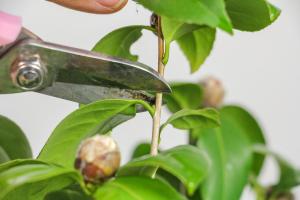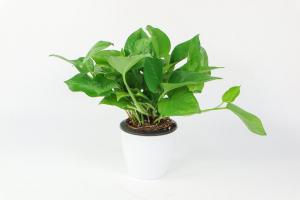How Water Pollution Affects Plants and Animals
Water pollution is a significant environmental problem all over the world. Pollution in waterbodies can come from a variety of sources, including agricultural runoff, industrial waste, and human sewage. The effects of water pollution can be catastrophic to both plants and animals that depend on the health and quality of water for their survival. In this article, we'll take a closer look at how water pollution affects plants and animals.
Effects on Plants
Water pollution can have a detrimental effect on plant life. Contaminated water can disrupt the natural balance of nutrients and minerals that plants need to survive. As a result, they may struggle to grow and produce fruit or seeds, and may even die off entirely. Heavy metals and other chemicals present in polluted water can also accumulate in plants, posing a health risk to animals that consume them.
Some plants are more sensitive to pollution than others. For example, aquatic plants are particularly vulnerable to water pollution because they are directly exposed to pollutants. These plants may struggle to perform basic functions like photosynthesis, which can stunt their growth and make them more vulnerable to predation by animals.
Effects on Animals
Water pollution can have devastating effects on animal populations that rely on freshwater habitats to survive. Pollutants in the water can cause a range of health problems, including birth defects, reproductive issues, and illnesses. Pollution can also disrupt the food chain by killing off or reducing the populations of small organisms, like plankton and insects, which form the basis of the aquatic food web.
Fish and other aquatic animals are particularly at risk from water pollution. They can be directly poisoned by the chemicals present in polluted water, or they may suffer from oxygen deprivation caused by algae blooms or other forms of contamination. In some cases, entire populations of fish and other aquatic animals have been wiped out due to water pollution.
Solutions to Water Pollution
The good news is that there are many steps individuals and communities can take to reduce water pollution. One of the most important is to properly dispose of hazardous waste, like chemicals and electronics, so that they don't end up in waterways. Agricultural runoff can also be reduced by using sustainable farming practices, like crop rotation and limiting the use of pesticides and fertilizers.
Another important step is to reduce the amount of plastic and other waste that ends up in waterways. This can be accomplished by reducing individual plastic consumption by using reusable containers and bags, and by properly disposing of waste in designated bins. Community-wide efforts, like beach cleanups and river cleanups, also help to remove waste from waterways before it can cause further damage.
Conclusion
Water pollution is a serious threat to both plant and animal life. Pollutants in water can disrupt ecosystems, cause health problems, and even lead to the extinction of entire species. However, by taking steps to reduce pollution at the individual and community level, we can help protect our freshwater habitats for generations to come.

 how many times do yo...
how many times do yo... how many planted tre...
how many planted tre... how many pine trees ...
how many pine trees ... how many pecan trees...
how many pecan trees... how many plants comp...
how many plants comp... how many plants can ...
how many plants can ... how many plants and ...
how many plants and ... how many pepper plan...
how many pepper plan...






























